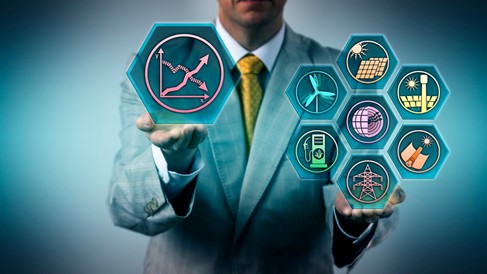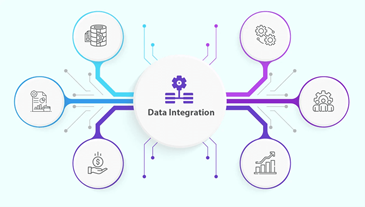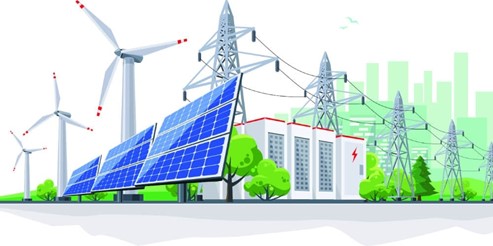How can AI predict energy demand and reduce grid failures?

How can AI predict energy demand and reduce grid failures?
by Maximilian 11:20am Jan 24, 2025

AI can play a pivotal role in predicting energy demand and reducing grid failures by leveraging advanced data analytics, machine learning models, and real-time monitoring. Here's how AI achieves these goals:
1. Predicting Energy Demand
AI excels in forecasting energy demand through data-driven methods:
a. Data Analysis and Integration
Data Sources: AI models analyze data from various sources, such as:
Historical energy consumption patterns
Weather data (temperature, humidity, wind, etc.)
Economic activity indicators
Special events (e.g., holidays, sports events)
Real-Time Updates: Incorporating live data from smart meters, IoT sensors, and other connected devices ensures accurate, dynamic forecasts.

b. Machine Learning Models
Time-Series Analysis: AI models like Long Short-Term Memory (LSTM) networks and ARIMA analyze historical energy use trends to predict future demand.
Anomaly Detection: AI detects unusual consumption patterns, enabling utilities to respond quickly to unexpected spikes or drops.
Scenario Planning: Predictive models simulate various scenarios to prepare for peak loads or unusual circumstances.
c. Demand Response Optimization
AI helps utilities balance supply and demand by identifying periods of high demand and coordinating demand response programs, such as:
Incentivizing users to reduce consumption during peak hours.
Automating energy use in smart appliances based on grid conditions.
2. Reducing Grid Failures
AI enhances grid reliability and resilience by predicting and mitigating potential failures:
a. Real-Time Monitoring
Grid Health Analytics: AI systems continuously monitor the grid’s components (e.g., transformers, lines, substations) for signs of stress or failure.
IoT Integration: Smart sensors collect data on voltage, current, temperature, and more, which AI analyzes to identify vulnerabilities.

b. Predictive Maintenance
Failure Prediction: AI models predict when equipment is likely to fail based on patterns in operational data.
Proactive Repairs: Early warnings enable utilities to perform maintenance before a breakdown occurs, reducing downtime.
c. Fault Detection and Isolation
AI detects faults in the grid almost instantly, using techniques like:
Pattern recognition to identify abnormalities.
Localization algorithms to pinpoint the fault’s location.
Automatic Reconfiguration: AI-driven systems can isolate faulty sections and reroute power to minimize outages.
d. Load Balancing and Optimization
Dynamic Grid Management: AI allocates resources efficiently across the grid, adjusting for changes in demand or generation.
Energy Storage Integration: AI coordinates with battery storage systems to provide backup power during high demand or outages.
3. Integration with Renewable Energy
AI helps manage the variability of renewable energy sources:
Solar and Wind Forecasting: AI predicts output from renewable sources based on weather patterns.
Grid Stabilization: By balancing intermittent renewables with other sources or storage, AI ensures a steady energy supply.

4. Smart Grids and Decentralized Energy Systems
Distributed Energy Resources (DERs): AI enables integration of DERs like rooftop solar panels and microgrids into the main grid.
Virtual Power Plants (VPPs): AI aggregates multiple small-scale energy sources, optimizing their collective performance as a single power plant.
5. Emergency Response and Disaster Recovery
Risk Assessment: AI models assess risks from natural disasters, such as storms or wildfires, predicting their impact on the grid.
Automated Recovery: Post-disaster, AI expedites system restoration by prioritizing repairs and resource allocation.
Benefits of AI in Energy Management
Reduced Blackouts: Early fault detection and real-time grid monitoring prevent widespread outages.
Cost Savings: Predictive maintenance lowers repair costs and energy wastage.
Improved Sustainability: Optimized energy use and better integration of renewables reduce carbon emissions.
By adopting AI, utilities can create smarter, more resilient grids that efficiently meet evolving energy demands while minimizing disruptions.






